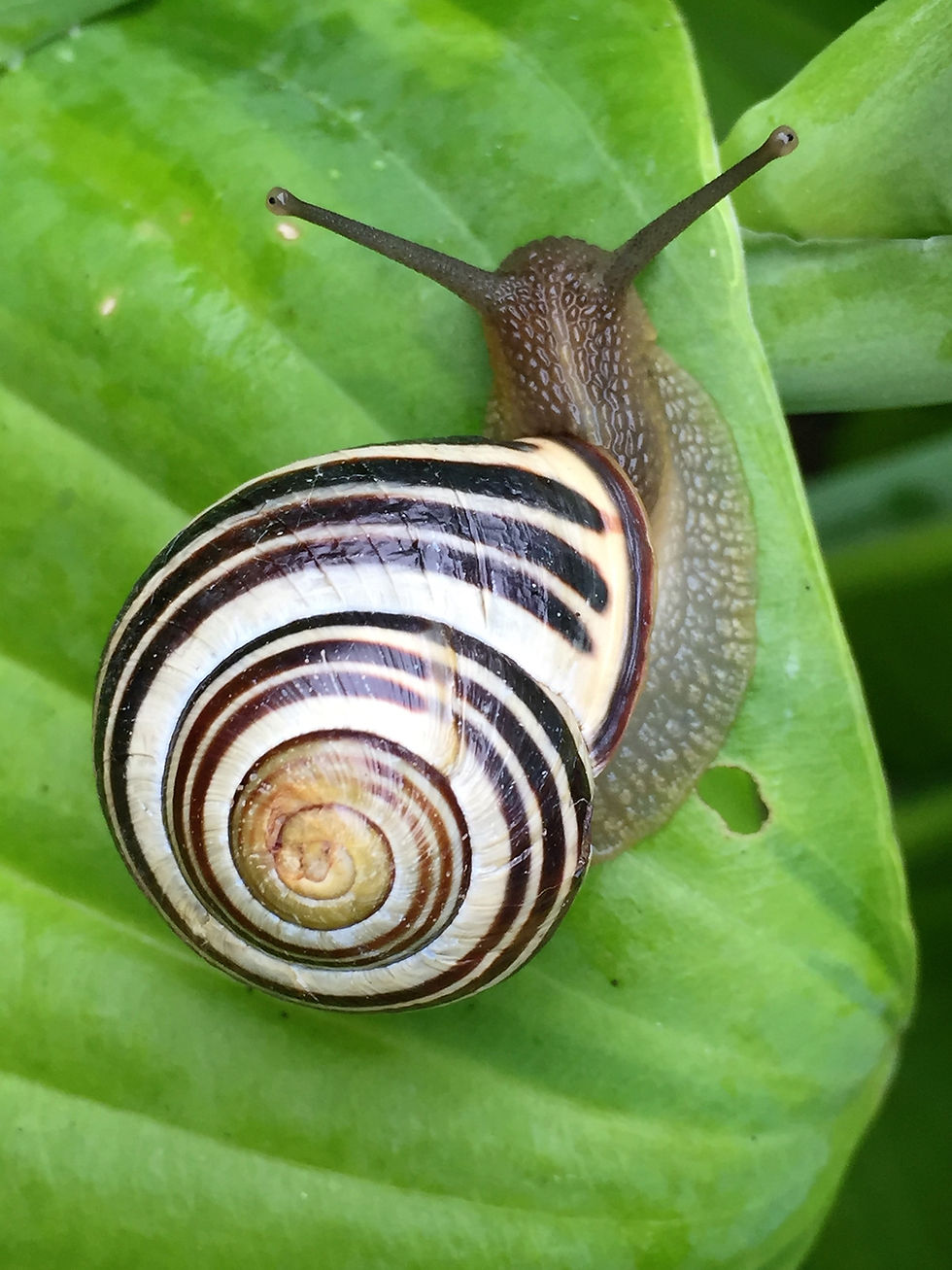Snail Bait Toxicity - What You Need to Know
- Practice manager
- Sep 8, 2019
- 2 min read

Spring brings about a myriad of hazards and one in particular is the use of snail (and slug) bait in the garden.
Would you know what to watch out for?
Signs of snail bait poisoning:
- Excessive drooling - Anxiety and panting - Muscle tremors, twitching and restlessness - Rapid heart rate & panting - Vomiting & diarrhoea - Seizures
The issue with snail bait is that the pellets look just like dog kibble, so dogs will often eat the pellets by mistake. As well as this, most people don’t realise that the so called “pet friendly” products can still be dangerous if ingested by your pet.
There are three types of snail bait:
1. Metaldehyde - green pellets 2. Methiocarb - blue pellets
These are the most dangerous and they act on the nervous system causing increased stimulation and can be fatal if immediate veterinary treatment is not given.
3. Iron EDTA (Multiguard) - brown/yellow pellets.
This is less toxic but can cause gastrointestinal issues such as vomiting and diarrhoea. Multiguard can also cause damage to the liver, spleen, heart, kidneys or brain so we still recommend you seek veterinary advice if this is ingested. Many iron EDTA snail baits are marketed as "pet-safe" - this is NOT the case, and any ingestion should be investigated by your vet.
What to do If your pet has ingested snail bait (or even if you just think there is a slight possibility your pet has ingested snail bait) you should seek veterinary advice immediately.
Prevention is the key
It is safest to avoid the use of all slug and snail bait if you have a pet. It is just not worth the risk.
And finally remember to be careful if you are visiting a friend's or neighbour’s garden with your pet as you might not realise they have used snail bait.
It’s always best to keep your dog on a leash until you are confident the area is safe.


























Comments